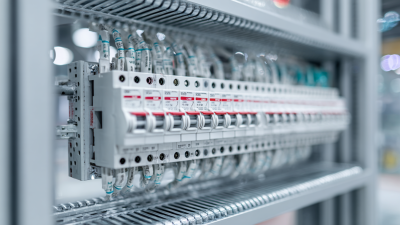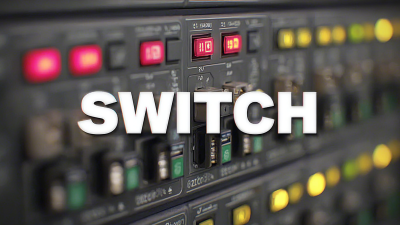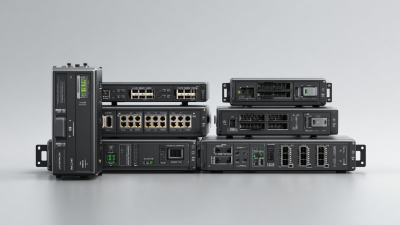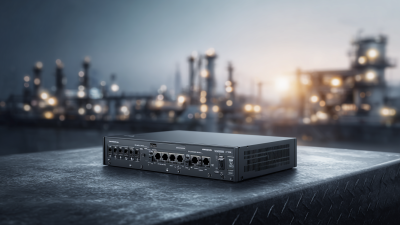
- hasivo@hasivo.com
- Mon - Sat at 7:00AM to 9:00PM
Leave Your Message

Choosing the right Industrial Managed Switch is crucial for ensuring seamless communication and operational efficiency within your network infrastructure. As industries increasingly rely on robust connectivity solutions to support a multitude of devices and data-heavy applications, selecting the appropriate switch becomes paramount. This guide will delve into essential considerations that should influence your decision-making process, including factors like network topology, scalability, environmental conditions, and specific features that cater to industrial settings. By understanding these factors, you can make an informed choice that aligns perfectly with your network needs, maximizing performance while minimizing downtime and maintenance costs. Whether you are upgrading an existing system or building from scratch, the right Industrial Managed Switch can significantly enhance your network's reliability and functionality.
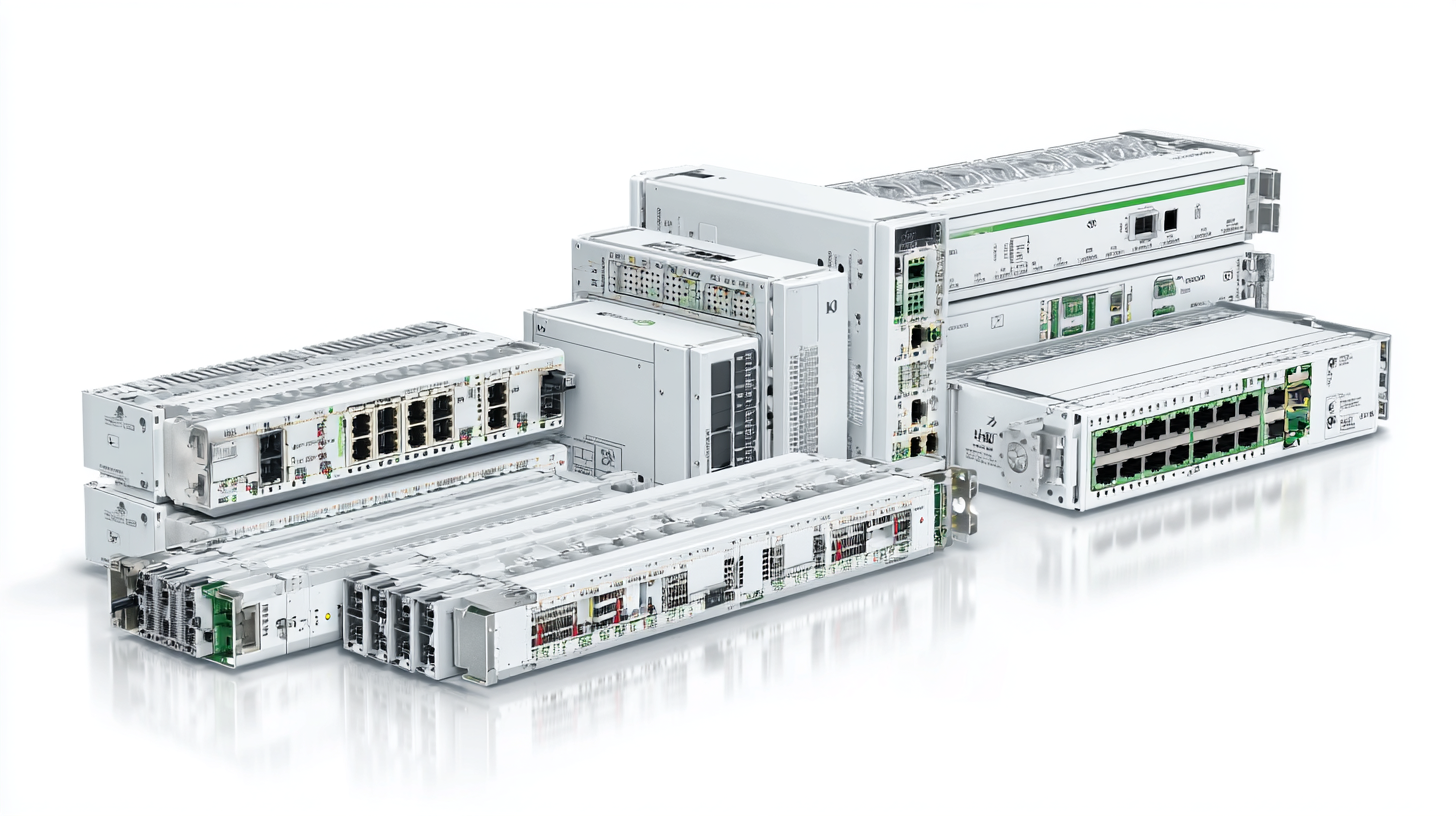
When selecting the right industrial managed switch for your network, it's crucial to begin by thoroughly understanding your network requirements. Assessing the number of devices that will connect to the switch, their data throughput needs, and the types of applications running on your network can significantly impact your choice. For instance, if your network will support high-bandwidth applications like video surveillance or real-time data processing, look for switches that offer higher throughput rates and reduced latency.
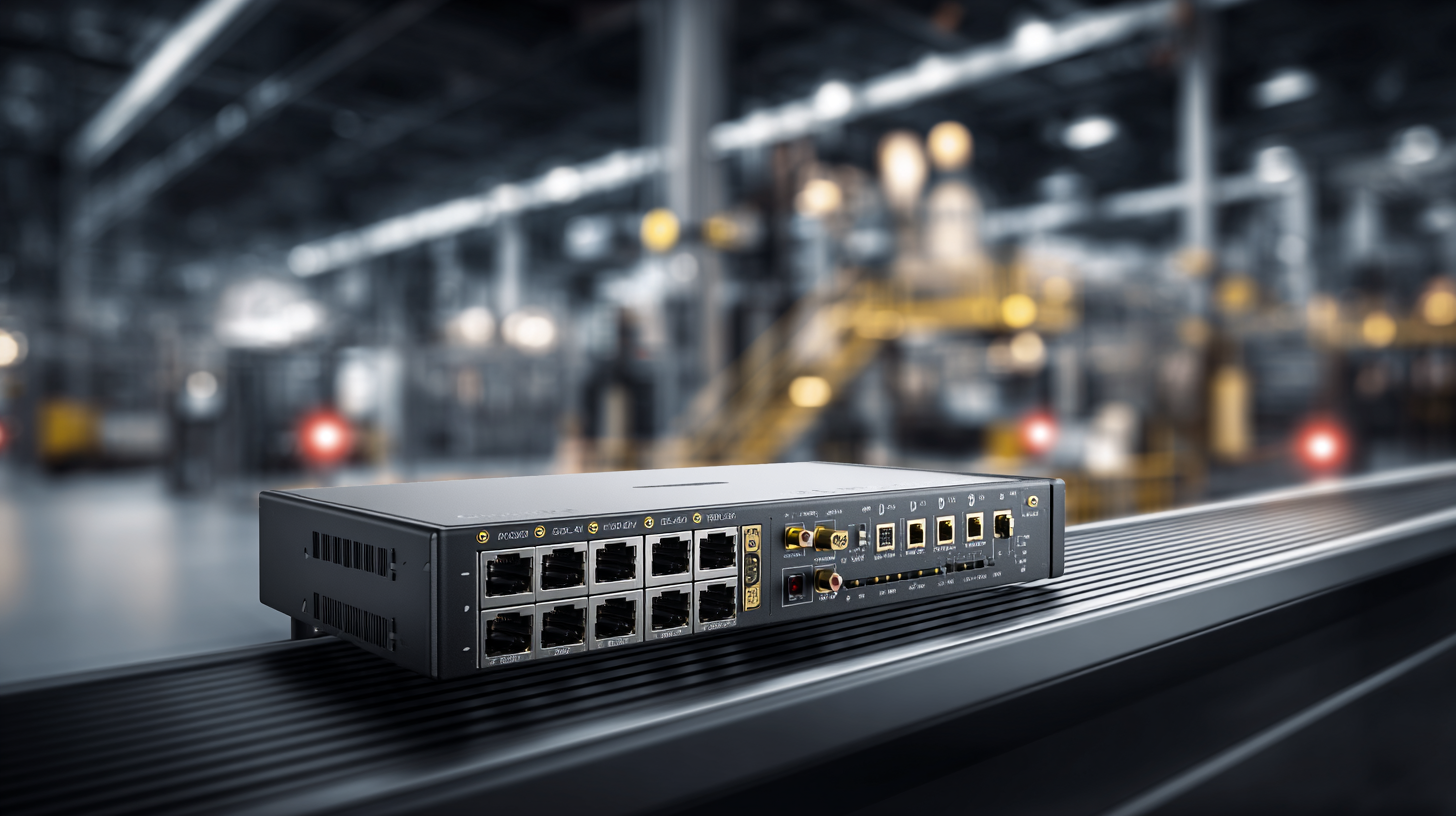
Additionally, consider the environmental factors that will affect the switch's performance. Industrial managed switches are designed to operate in harsher settings than standard ones, so evaluate conditions such as temperature extremes, vibration, and humidity levels. This understanding ensures that you select a device that can withstand the operational challenges specific to your industrial environment.
Furthermore, review your redundancy and security needs: features like stacking capabilities, VLAN support, and secure access controls play a critical role in enhancing your network's reliability and safety.
When selecting the right industrial managed switch for your network needs, understanding the key features is paramount. One essential feature to consider is the switch's redundancy capabilities. According to a report by Industrial Ethernet Book, redundancy can significantly decrease downtime in critical applications, with 94% of companies reporting improved reliability when using switches with Advanced Networking features like Rapid Spanning Tree Protocol (RSTP) or Media Redundancy Protocol (MRP). These features ensure the network remains operational even in the face of component failures.
Another crucial characteristic is the switch's ability to withstand harsh environments. A study from MarketsandMarkets predicts that the industrial Ethernet switch market will grow to $11.85 billion by 2025, driven by the increasing demand for robust performance in challenging conditions. Features such as extended temperature ratings, ruggedized enclosures, and compliance with industry standards (like IP67 for dust and water resistance) are essential for ensuring longevity and reliability in industrial settings. Prioritizing these features will help organizations choose a managed switch that not only meets their current needs but also supports future growth and resilience.
When evaluating industrial managed switches, reliability and performance are critical factors that can significantly impact your network’s efficiency. According to a study by the Industrial Internet Consortium, networks that utilize robust managed switches can reduce downtime by up to 40%, thus enhancing overall productivity. It's essential to select switches that are designed for harsh environments, offering features such as wide temperature ranges and protection against electromagnetic interference to ensure consistent performance in demanding conditions.
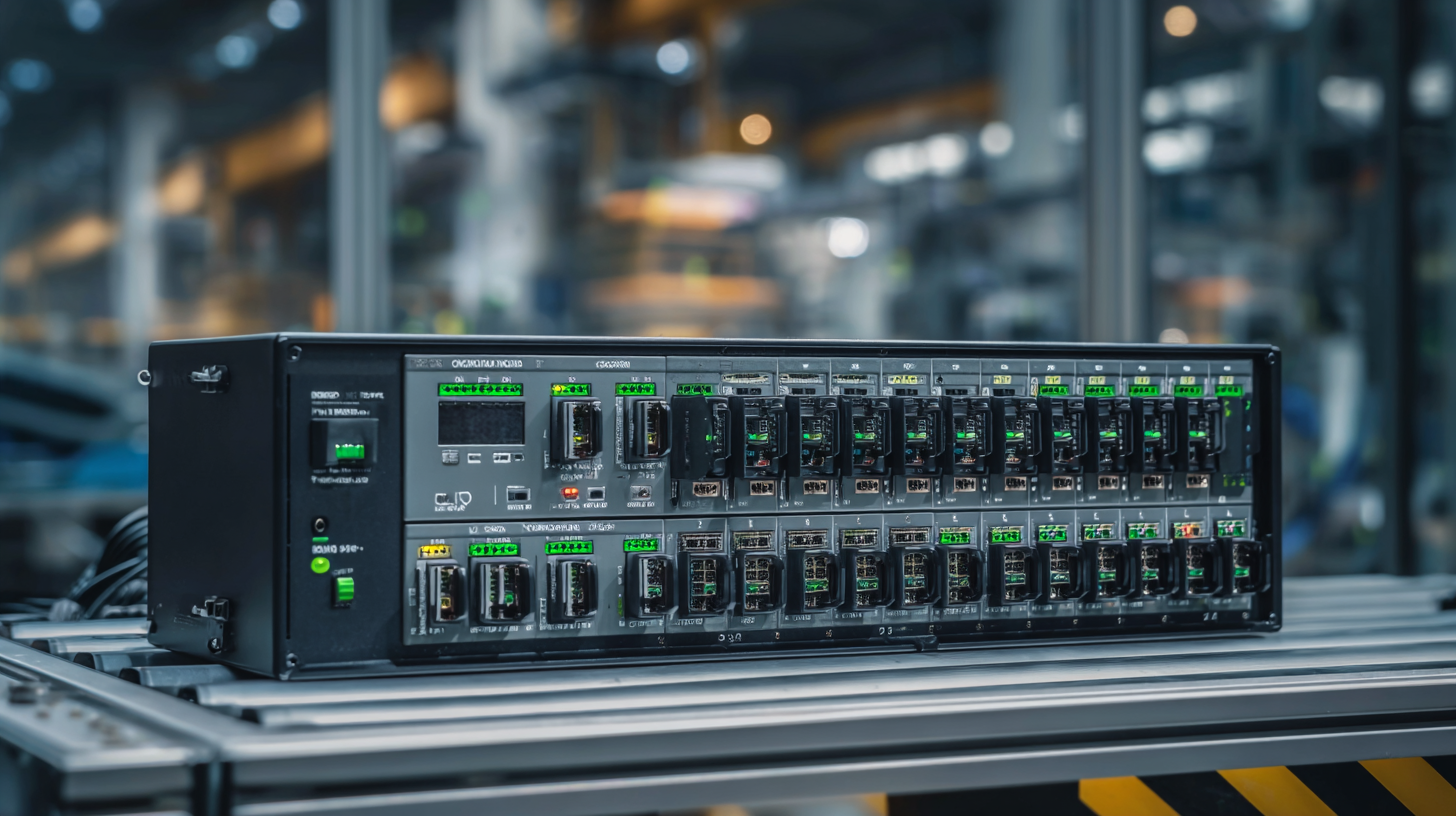
Tips for evaluating switches include checking the Mean Time Between Failures (MTBF) rating, which indicates the reliability of a switch over time. A higher MTBF, typically above 50,000 hours, is preferable for industrial applications. Additionally, look for switches that support Quality of Service (QoS) features, as they prioritize critical traffic and maintain performance during peak loads. Research from Frost & Sullivan shows that networks implementing QoS can experience up to a 75% improvement in data transmission efficiency, making this feature essential for performance-driven networks.
Lastly, consider the scalability of the switches. As networks grow, flexibility in adding ports or integrating new protocols becomes vital. Industry reports suggest that scalable solutions not only foster future expansion but also streamline upgrades, enabling a seamless transition to more advanced networking technologies. By focusing on these reliability and performance metrics, you can make an informed decision that meets your network needs effectively.
When choosing an industrial managed switch for your network needs, cost-effectiveness and budget considerations are paramount. As businesses navigate economic pressures, such as rising operational costs and competition, investing in a managed switch can bring significant advantages. A high-quality switch not only facilitates efficient data management and enhances network performance but also ensures scalability, aligning with future growth plans.
It's crucial to evaluate the upfront costs of the switch alongside ongoing expenses, including maintenance and support. Comparing different models and brands can reveal options that carry lower total cost of ownership while still meeting the necessary specifications. Additionally, organizations should consider potential savings from improved network efficiency, reduced downtime, and the ability to leverage advanced features that can lead to increased productivity and cost savings over time.
Balancing initial investment with long-term benefits will help in making an informed decision that supports both current needs and future ambitions.
When selecting an industrial managed switch, it's crucial to consider scalability and future-proofing your network infrastructure. According to a 2021 industry report from Grand View Research, the global managed switch market is expected to grow significantly, projected to reach $14.6 billion by 2028. This trend indicates the increasing need for robust network solutions that can adapt to evolving demands.
One of the key aspects of future-proofing your network is ensuring that the managed switch can support higher data rates and advanced networking features. Look for switches that support technologies like Power over Ethernet (PoE) and virtualization capabilities to accommodate future growth and the addition of IoT devices. Additionally, with more businesses transitioning to cloud-based services, selecting a switch that offers built-in security features and easy integration with cloud management tools will be beneficial.
Tips:
